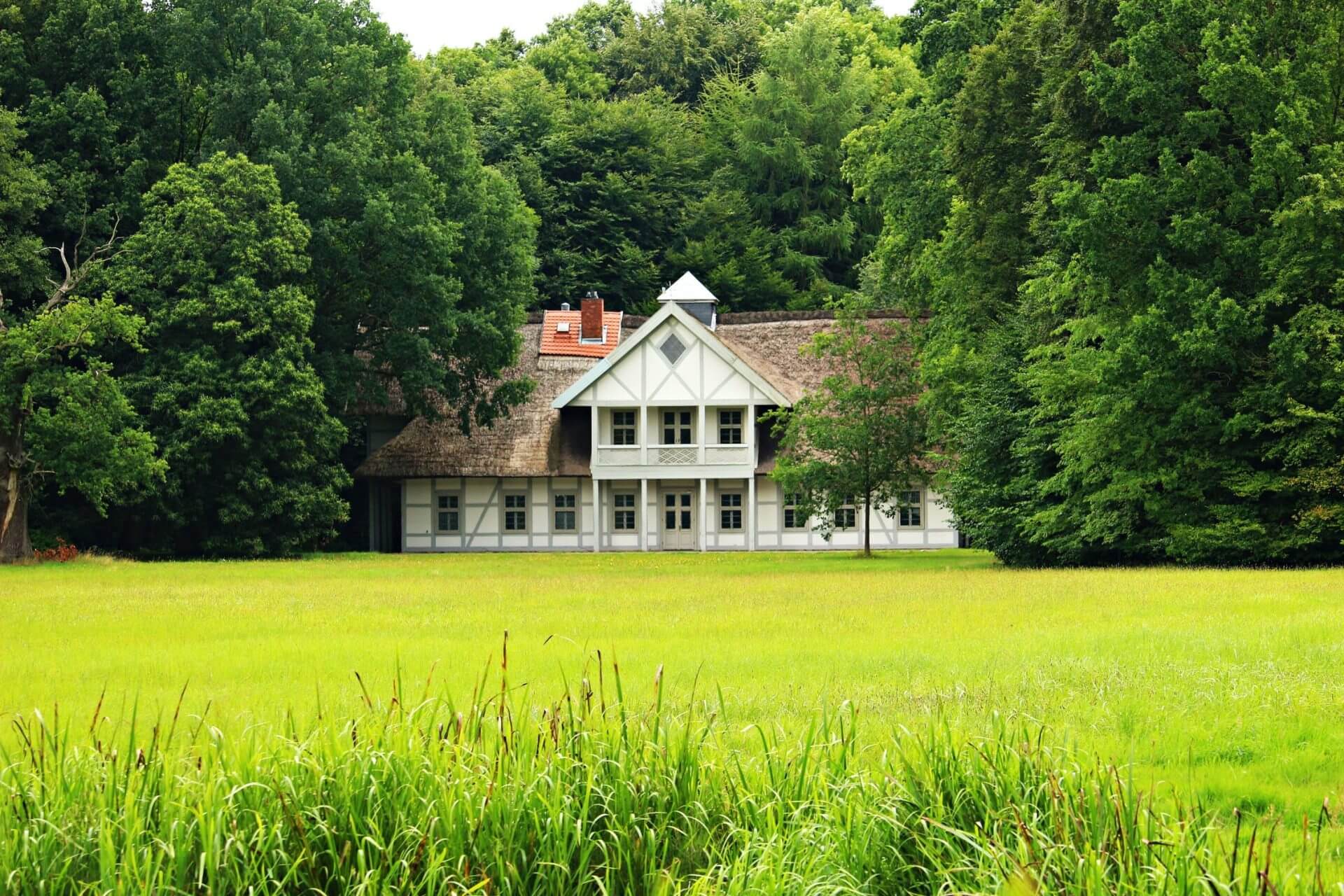
Many people are undoubtedly charmed by everything English, from the food, history, fashion, culture, and even architecture. Manor houses are among those things, and people outside the United Kingdom are familiar with them, thanks to the novels and films set in these fantastic houses. The aristocratic charms and the exquisite execution of design draw people into them, soaking them to the mystery and allure of these houses. Also, manor houses are seen as witnesses to many historical events that contributed to the prestige of England as a nation admired by many people worldwide.
Wiltshire is known for having an astounding array of gardens and country manor houses. Manor houses in Wiltshire are famous for their sweeping landscapes that are brimming with well-manicured parks. The ability of the people to maintain and keep the old-world allure of the manor houses plays a significant role in why these houses are insanely popular with the people. This article will talk about some of the stately manor houses in Wiltshire and the history behind these gems.
Hamptworth Lodge
This manor house is of Jacobean nature, but the present structure is an Edwardian reconstruction, made of brick and wood. This was due to the commissioning done by HC Moffat, the property owner, and Sir Guy Dawber presiding over the project. Thus, parts of the old Jacobean manor house were included in the service wing of the newly built Lodge, now named Hamptworth Lodge.
The Lodge boasts of the Elizabethan and Jacobean furnishings, striking a balance between these two culturally rich eras. It also features a stunning collection of 17th-century wall hangings that showcase the different facets of life and times during the eras.
Hamptworth Lodge is a rectangular building that is large and spacious, set in an Elizabethan style that is more informal than the others. The Hall also showcases a collar roof. This is adorned with a carved frieze featuring roses. The interior has woodwork crafted stunningly. The piece de resistance is the stone fireplace dating from the Tudor era, complete with an overmantle. This is adorned with strapwork, and the back is made of herringbone style laid brick, the popular style during the period.
Completing the manor house are expansive lawns, an impressive driveway and adjacent woodland. The entire area measures 3000 acres, and there are also terraced gardens.
Bowood House and Gardens
This house is known as one of the most beautiful manor houses in Wiltshire and throughout England. It was built around 1725, the site belonging to a hunting lodge. The 1st Earl of Shelburne bought the estate in 1754. Under his direction, it was transformed into a stunning and finely made manor house.
Many architects lent their craftsmanship and expertise to it. Some of these architects include Robert Adam, Sir Charles Barry, and Henry Keene. These architects are known to have parts of the manor house be called as their expertise. For instance, one of “Capability” Brown’s finest works is the sweeping gardens over 2000 acres.
The house has different elements from the different eras to it, thanks to the expertise lent by the finest architects of the day, with each architect pouring their knowledge to specific areas of the house. This culminates in a healthy collaboration of different styles, harmonizing harmoniously into a stunning manor house in Wiltshire.
One of the most famous rooms in the house is the Orangery, designed under the direction of Robert Adam. It was initially intended as a conservatory, but it progressed into an art gallery. The large windows spanning the room shed light to the interiors beautifully, giving the British Museum a run for its money. A small chapel can also be accessed to the Orangery, thanks to C. R. Cockerell.
The Laboratory, another room in the manor house, has seen a significant part of history. This is where Sir Joseph Priestly recognized oxygen in 1774, during his stint as a tutor to the 1st Marquess’s sons. Lastly, the Sculpture room showcases a breathtaking collection of many different heirlooms and family treasures passed on from generation to generation.
These include an extensive collection of items belonging to Napoleon Bonaparte, such as his death mask and a handkerchief. They also have Queen Victoria’s wedding chair and many different porcelain and artworks.
Avebury Manor and Gardens
One of the finest manor houses in Wiltshire, this Tudor house is a testament to the architectural and cultural changes through the centuries. The house is filled with history and glamour. The house is the residence of one of the last French monastic influences in England. Queen Anne visited the manor house, with a room named after her. The room, remodeled in Georgian style by Richard Holford, was presumably where she stayed during her stay.
The manor house was featured in a BBC television series called “The Manor Reborn,” where the restoration team was able to work on nine rooms, reflecting many different periods such as Georgian, Queen Anne, Tudor, Edwardian, and others with the help of furniture company Homes Direct 365. Its appearance in the show also boosted the public recognition of this manor house, which showcases many years of history and culture.
Our Takeaway
Stunning manor houses in Wiltshire are essential to the country’s history. Many of these houses became witnesses to many historical events that shaped the nation into what it is now. These manor houses contributed a lot to the rich history of England, hosting kings and queens in some of the places. In contrast, the others enjoyed many different architectural feats spanning through the centuries. Many people must know about these because they will learn more than what they read in books. Some of the manor houses in Wiltshire enjoy and entertain public attention, with the Avebury Manor welcoming many people as a tourist attraction.




















